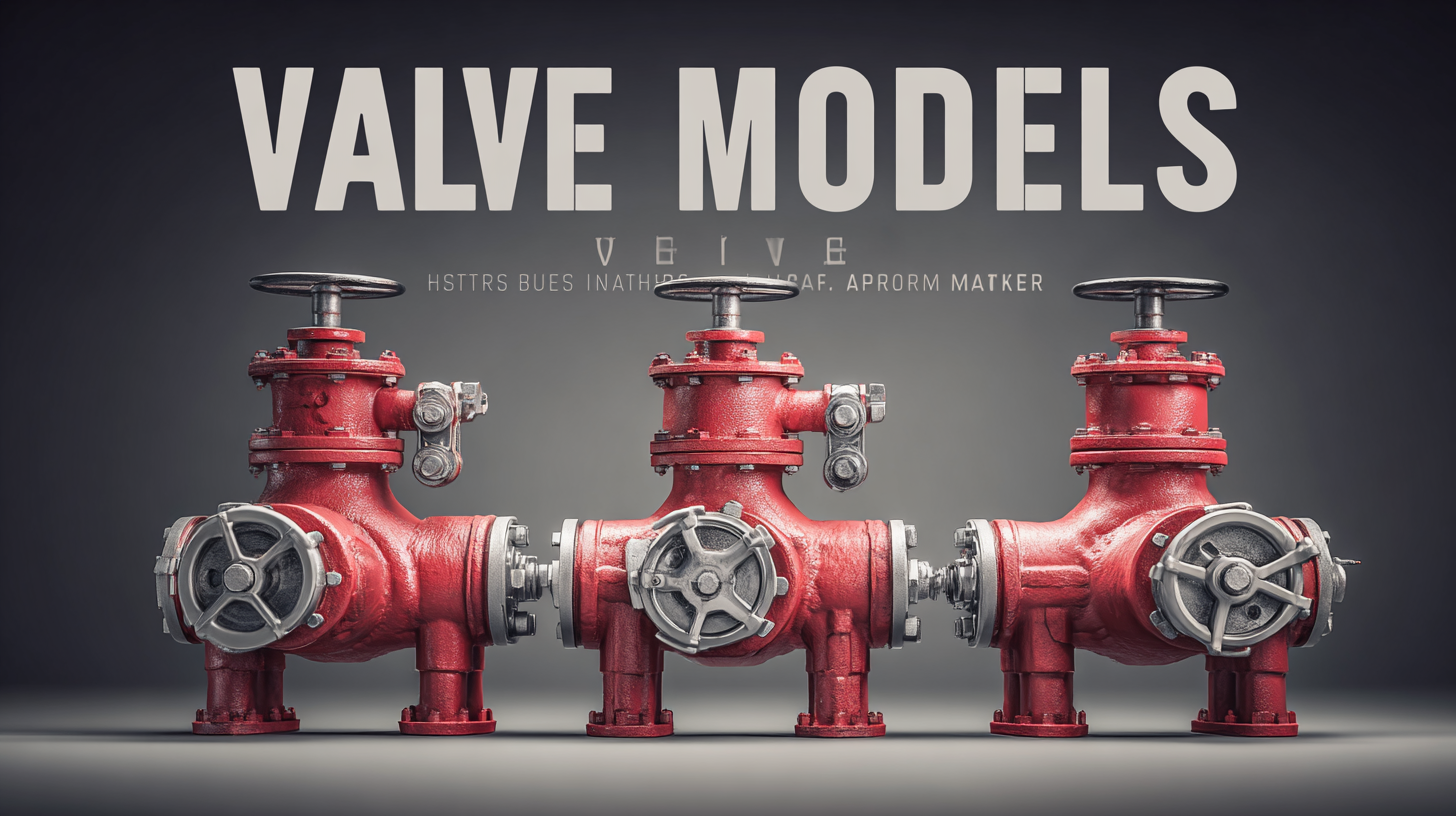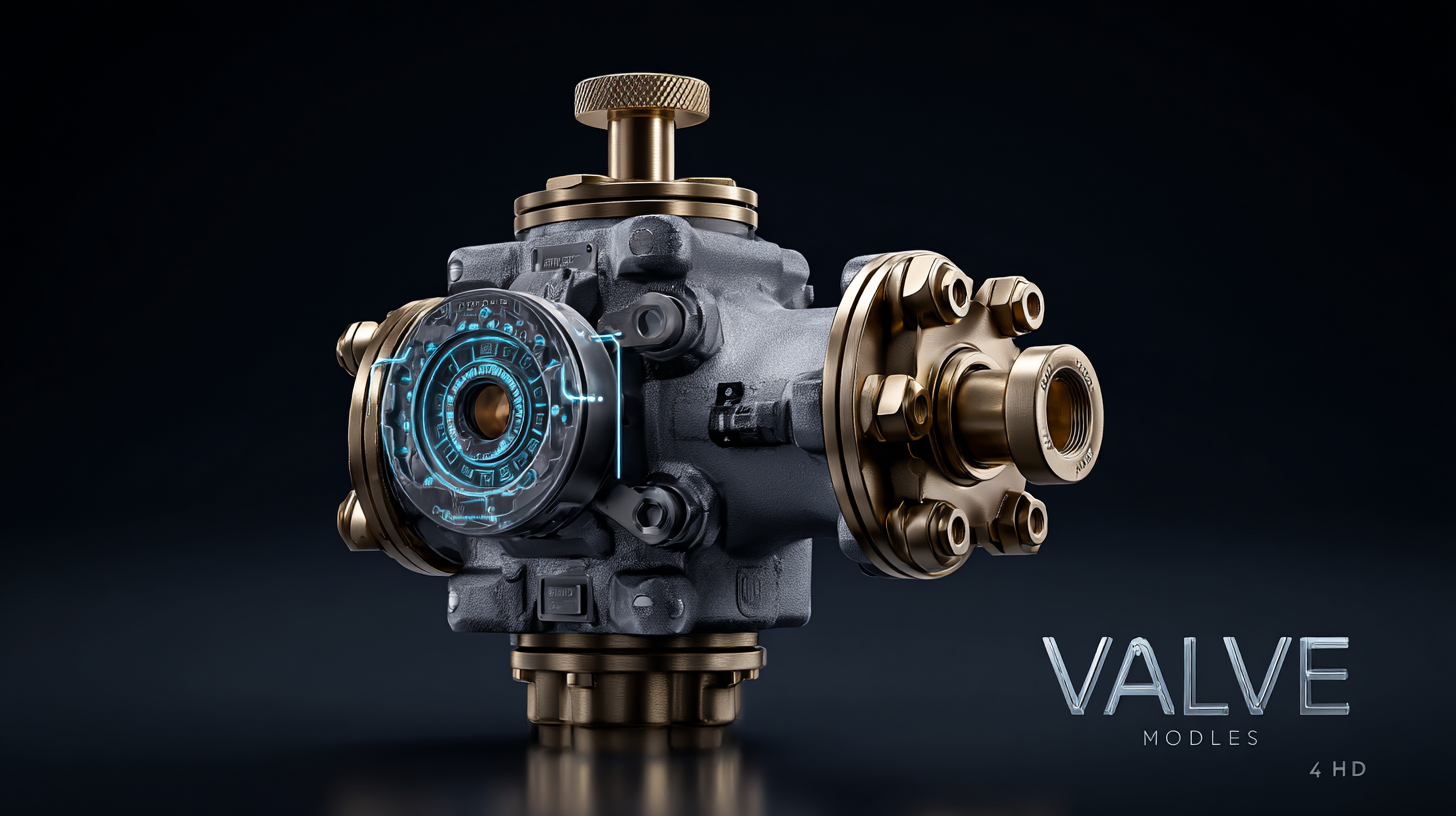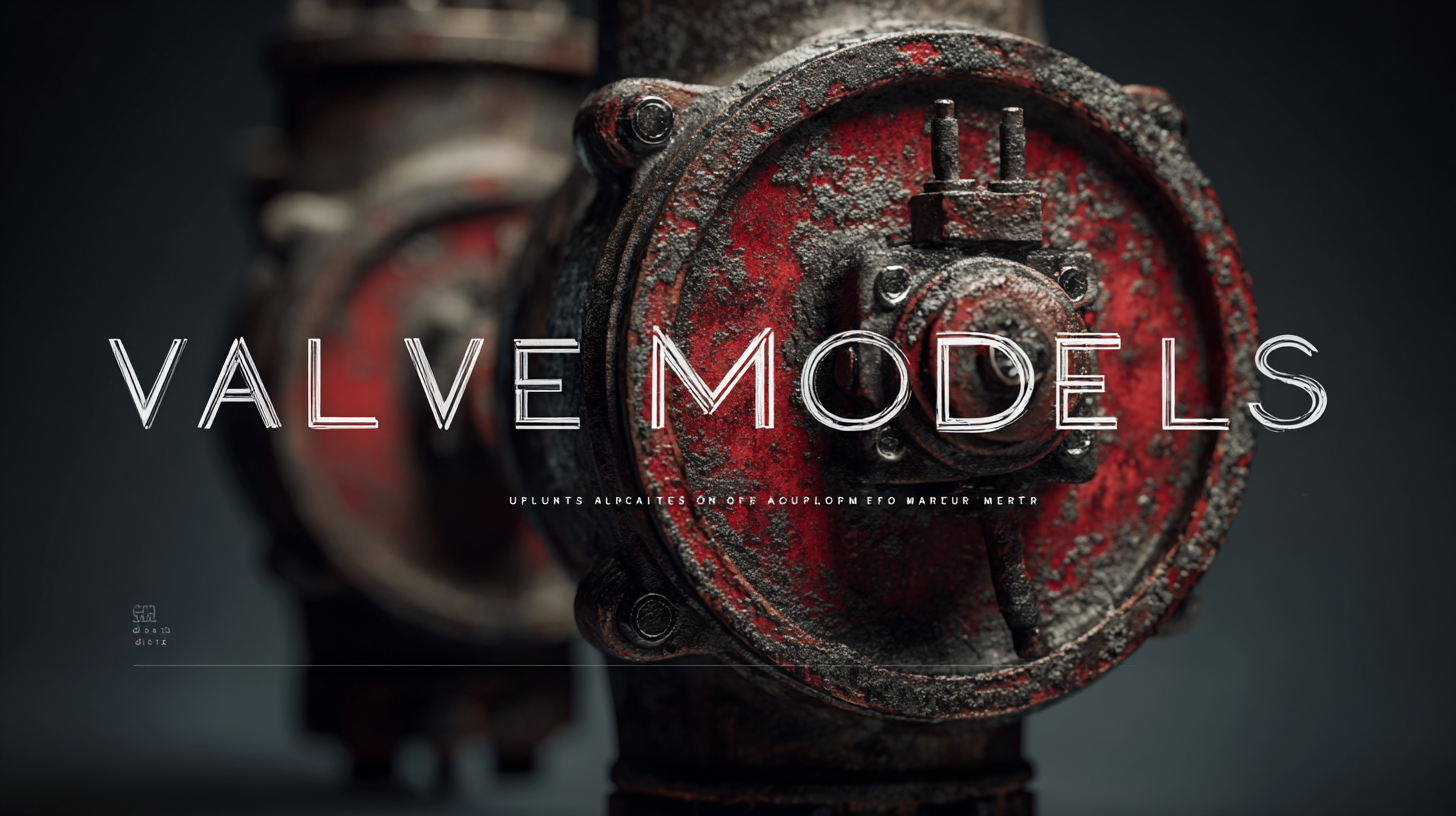Exploring Unique Features and Applications of the Best Valve Models in the Market
In the ever-evolving landscape of industrial applications, selecting the right valve models is crucial for achieving operational efficiency and reliability. According to a report by Global Market Insights, the global valve market size was valued at over $80 billion in 2020 and is projected to expand at a CAGR of more than 4% through 2027. As industries strive for improved performance, the demand for innovative and specialized valve models is on the rise, particularly in sectors such as oil and gas, water and wastewater treatment, and power generation. This blog will delve into the unique features and applications of the best valve models available in the market, shedding light on how they contribute to process optimization and sustainability. By understanding these advanced valve technologies, professionals can make informed decisions that enhance operational workflows and meet industry standards.

Key Characteristics of Different Valve Types: A Comprehensive Overview
Valves play a crucial role in various industrial applications, from regulating flow to controlling pressure in pipelines. A comprehensive overview of different valve types reveals distinct characteristics that cater to specific needs. For instance, gate valves, known for their low-pressure drop, are ideal for on/off applications, while globe valves are suitable for throttling services due to their superior flow control capabilities. According to a Market Research Future report, the global valve market is expected to reach $98.3 billion by 2026, showcasing the growing demand for increasingly sophisticated valve solutions.
On the other hand, ball valves, with their quarter-turn mechanism, provide a reliable seal and are favored for high-pressure systems. Their durability and ease of operation make them suitable for both gas and liquid applications. In contrast, butterfly valves are lightweight and economical, often employed in large-diameter pipelines. The International Water Association highlights that the efficiency of valve selection directly influences operational costs, emphasizing the need for careful consideration in choosing the appropriate valve type for specific applications. These insights underline the necessity for businesses to stay updated on the latest valve technologies to optimize performance and meet industry standards.
Exploring Unique Features and Applications of the Best Valve Models
Understanding the Applications of Ball Valves in Various Industries
Ball valves play a pivotal role across various industries due to their reliable performance and versatility. These valves are designed to provide excellent flow control and are especially suited for applications requiring tight sealing and durability. As industries continue to modernize and enhance operational efficiency, the demand for ball valves is expected to grow substantially. The global ball valves market is projected to reach around USD 22.5 billion by 2033, reflecting a compound annual growth rate (CAGR) of 4.7%. This growth highlights the increasing reliance on ball valves in sectors such as oil and gas, water treatment, and chemical processing.
One of the primary advantages of ball valves is their ability to handle high-pressure applications without compromising safety or functionality. They are available in various materials, making them suitable for both residential and industrial applications. Tips for selecting the right ball valve include assessing the specific medium it will handle, considering the temperature and pressure requirements, and ensuring compatibility with existing piping systems. Additionally, regular maintenance is essential to prolong the lifespan of ball valves, ensuring they operate efficiently over time.
Another consideration for industries is the trend towards automation. The integration of ball valves into automated systems improves process efficiency and safety. Ensuring that ball valves can be easily integrated with control systems is vital for enhancing productivity. Keep an eye on current residential construction trends, as they are encouraging increased sales of ball valves for HVAC systems, plumbing, and irrigation. Adapting to these market dynamics can significantly benefit businesses looking to optimize their operations.
The Advantages of Butterfly Valves: Efficiency and Versatility
Butterfly valves have become increasingly popular in various industrial applications due to their remarkable efficiency and versatility. These valves consist of a rotating disc that regulates the flow of fluid within a pipeline, allowing for quick and straightforward operation. One of the main advantages of butterfly valves is their ability to handle large volumes of fluid with minimal pressure drop, making them ideal for applications in water treatment, HVAC systems, and oil and gas industries.
Tip: When selecting a butterfly valve, consider the size of the pipeline and the type of fluid being controlled. Ensure that the valve’s materials are compatible with the medium to prevent corrosion and prolong lifespan.
Another significant benefit of butterfly valves is their lightweight design, which facilitates easier installation and maintenance compared to other valve types. Furthermore, they can be operated manually or automatically, providing flexibility based on operational needs. This adaptability extends to various configurations, such as rubber-lined or metal-seated designs, catering to different pressure and temperature requirements.
Tip: Regular maintenance of butterfly valves is crucial to maintain their operational efficiency. Inspect seals and discs periodically for wear and tear, and consider using a lubricant to minimize friction during operation.

Comparative Analysis of Globe Valves and Their Optimal Use Cases
When it comes to valve selection in industrial applications, globe valves emerge as a popular choice due to their unique design and functionality. According to a recent report by Market Research Future, the globe valve market is projected to reach $7.5 billion by 2025, driven by their excellent throttling capabilities and reliable sealing performance. Globe valves are particularly advantageous in applications requiring precise flow control, such as steam and water systems. Their spherical shape slows down the fluid flow, allowing for smoother adjustments.
Tips: When using globe valves, ensure that the valve's orientation is correct; they should be installed with the stem in a vertical position for optimal performance. Additionally, regular maintenance is essential to prevent wear and tear, which can lead to leakage and reduced efficiency.
A comparative analysis highlights that while globe valves excel in throttling and flow regulation, they may not be the best choice for high-pressure applications. For instance, in chemical processing, where rapid flow is crucial, gate or ball valves tend to perform better due to lower pressure drops. Industry insights reveal that choosing the right valve model can enhance operational efficiency by up to 30%, making it crucial for engineers to assess the specific needs of their systems.
Tips: Assess your system requirements thoroughly; understanding the fluid dynamics can aid in selecting a valve that minimizes losses and maximizes throughput.

Innovations in Valve Technology: Enhancing Performance and Reliability
Innovations in valve technology have transformed industries by enhancing performance and reliability, maximizing operational efficiency across diverse applications. Modern valves are engineered with advanced materials and smart features that ensure adaptability to various environmental conditions, including extreme temperatures and corrosive substances. This adaptability not only extends the lifespan of the products but also reduces maintenance costs, making them a reliable choice for manufacturers and service providers alike.
One of the standout advancements in valve technology is the integration of IoT-enabled sensors that facilitate real-time monitoring and data collection. These smart valves allow operators to track performance metrics, diagnose potential issues before they result in failures, and even enable predictive maintenance strategies. Such innovations contribute significantly to reducing downtime and optimizing overall productivity, making valve systems more responsive to the dynamic needs of industries such as oil and gas, water treatment, and HVAC systems. As these technologies continue to evolve, they promise to redefine the standards of efficiency and reliability in valve operations.